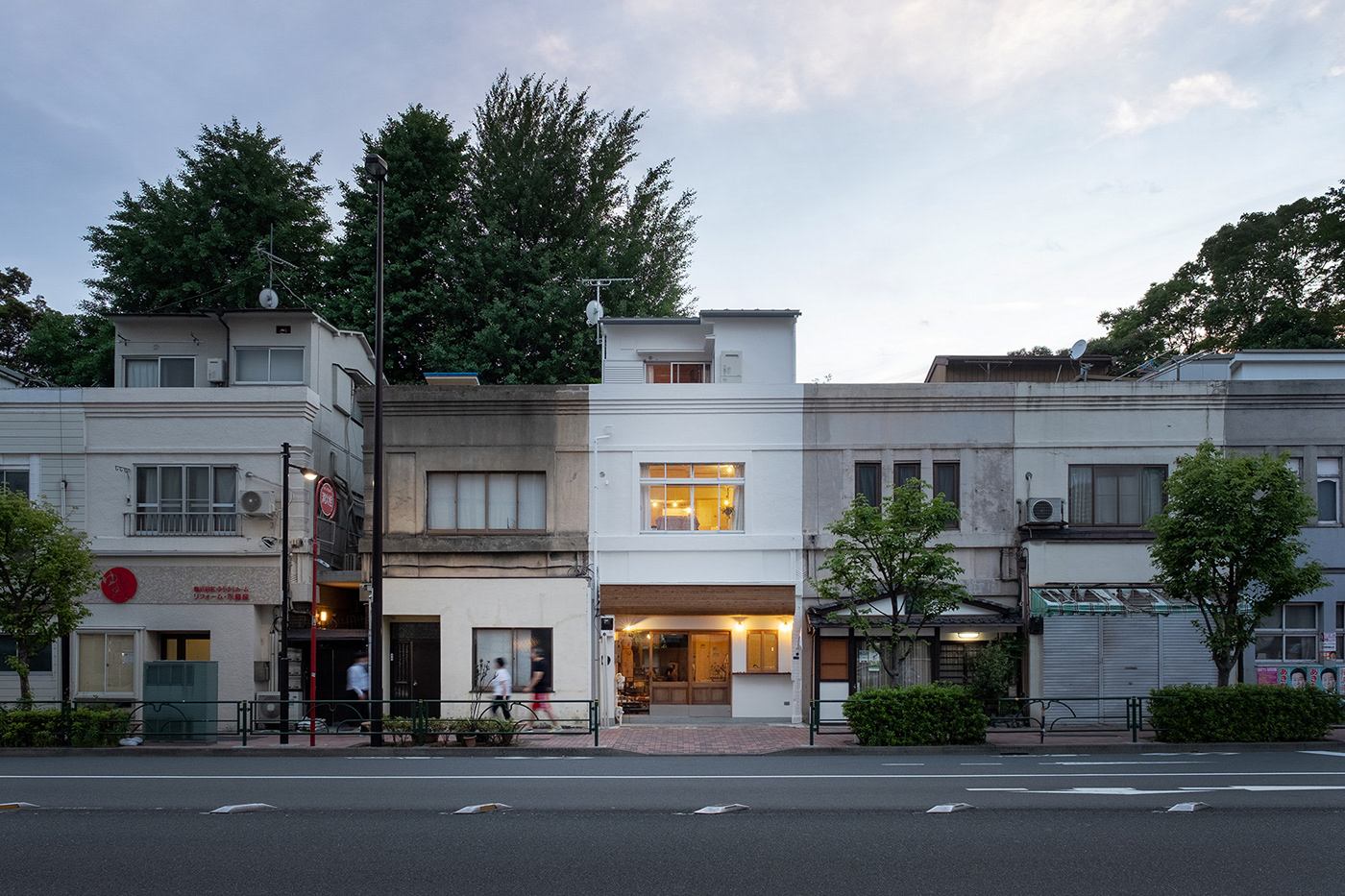
the future of governance | thinkthinkthink #22
on-chain community organization and the remote-first agora
Hello world, I am Joni Baboci, an architect, planner, knowledge seeker & all-around urban enthusiast. This is my modest static online notebook where I publish thoughts in tandem with interesting bits of knowledge.

on-chain community organization and the remote-first agora
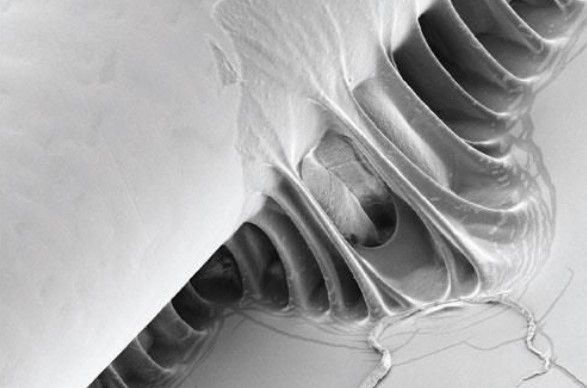
on-demand services, labor inequality and remote work

$GME & the financialization of housing

grit in architecture and cities
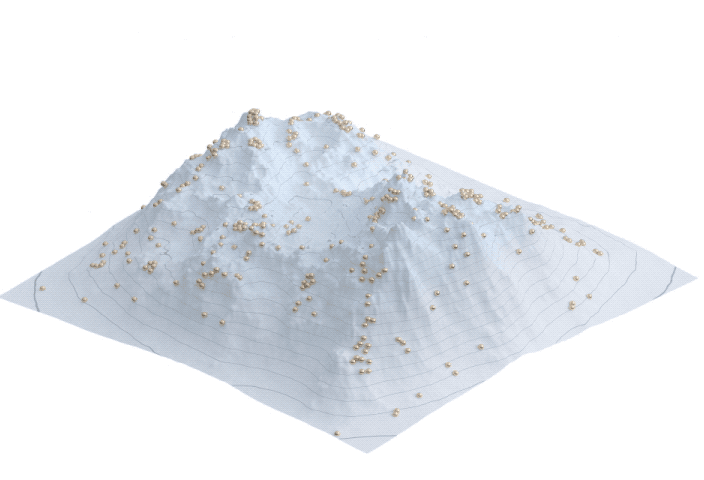
How to start employing the fascinating innovations in Machine Learning to plan better cities.
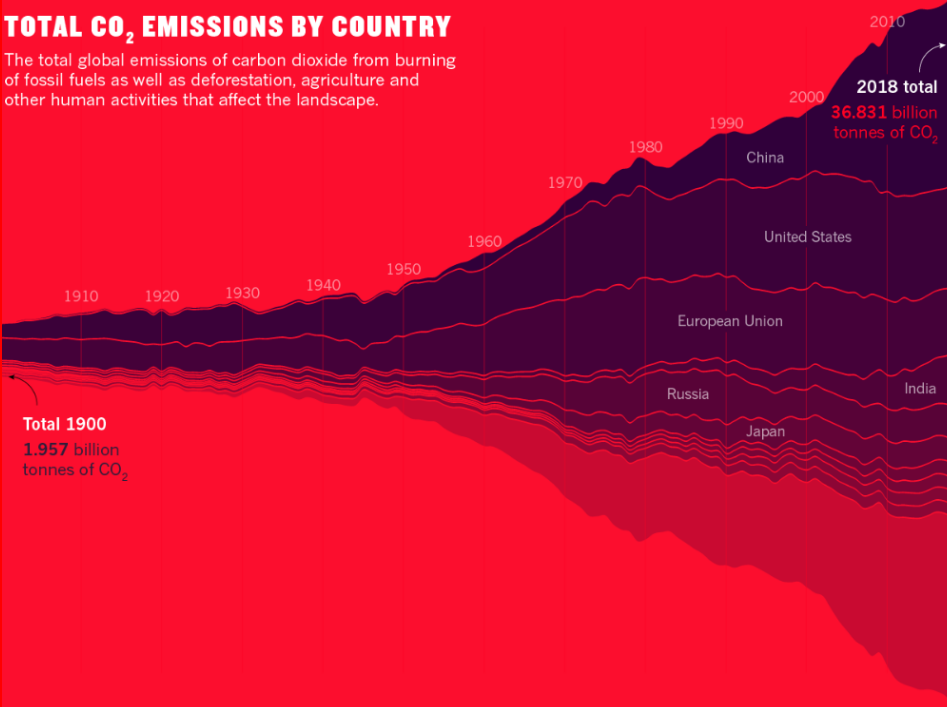
a foray into the complex future of economic growth
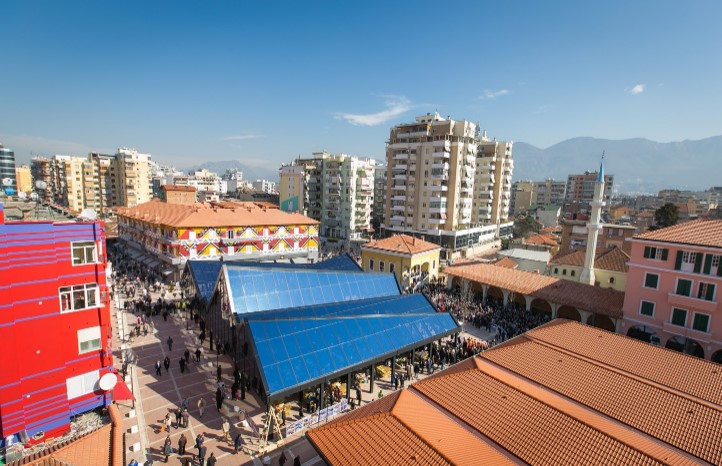
the second and last issue on sustainably financing the future of cities

the first of two issues on sustainably financing the future of cities

a brief foray on the informal aesthetics of Rose Island
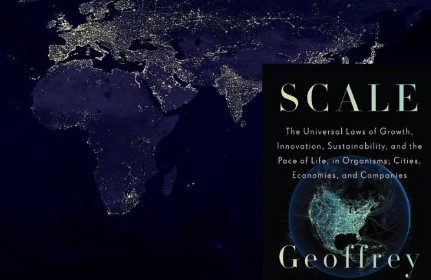
A deep dive summary into on of the most interesting books I read this year.
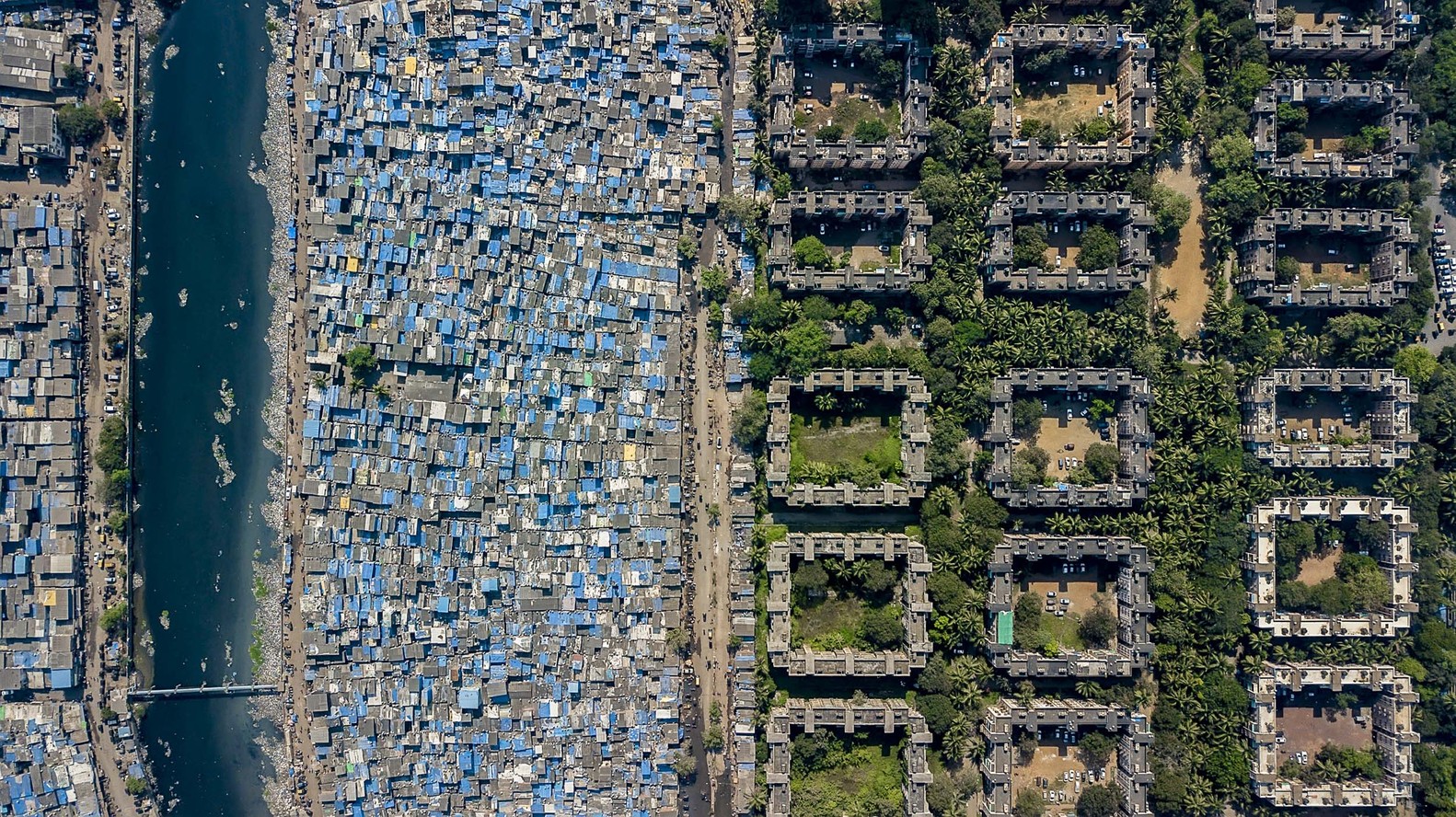
cities as ladder of opportunity, labor's decreasing share of national income & inter-regional versus intra-regional inequality
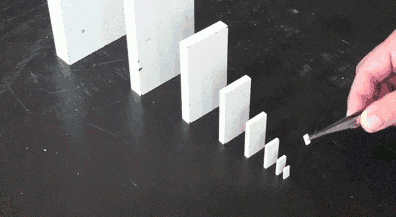
on small actions leading to outsized consequences
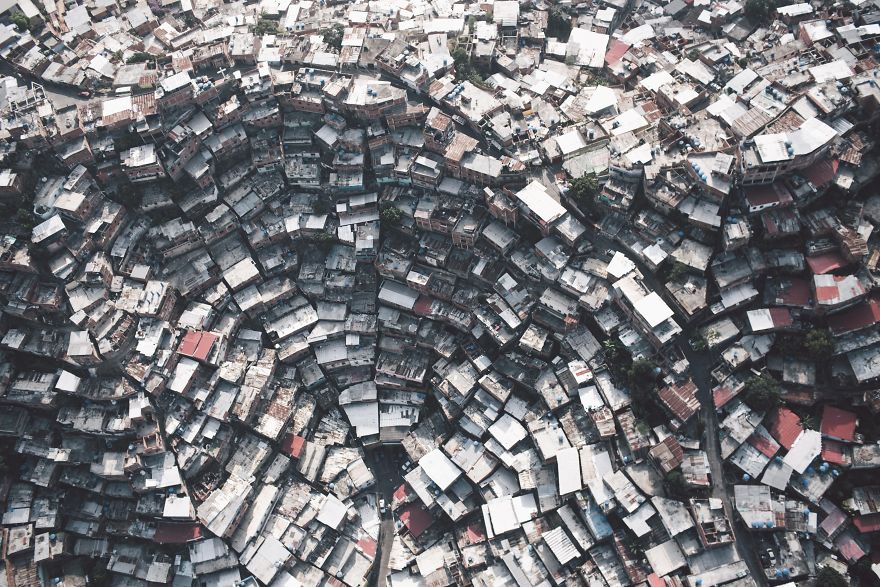
positive & negative feedback loops + circuit breakers & response thresholds
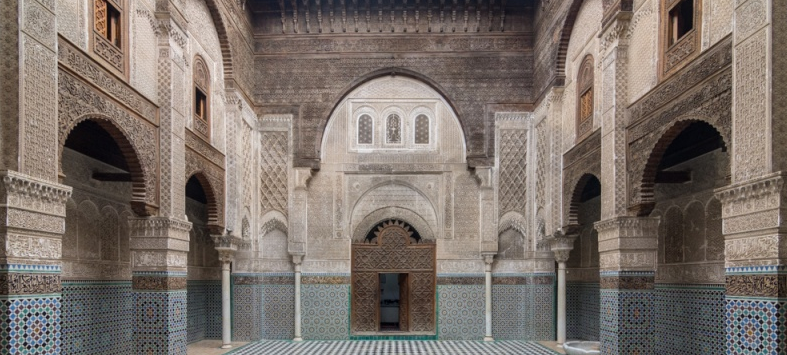
modularity, iteration & recursion generate complexity
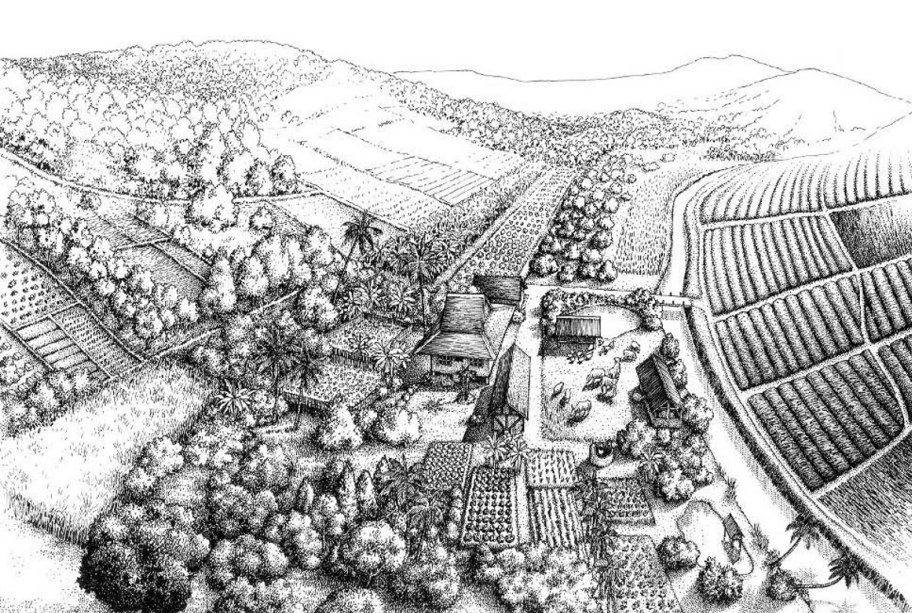
redundancy & adaptability in complex systems.

This piece was originally published on Apolitical.

Cities exhibit emergence: this means that the behavior of the city as a whole is more complex than the sum of all individual actions and transactions.

21st century cities need to adopt guerilla tactics

How informal processes are vital to designed systems.

Preserving diversity and guaranteeing resiliency through separation.

On William Stanley Jevons, induced demand and Braess' paradox
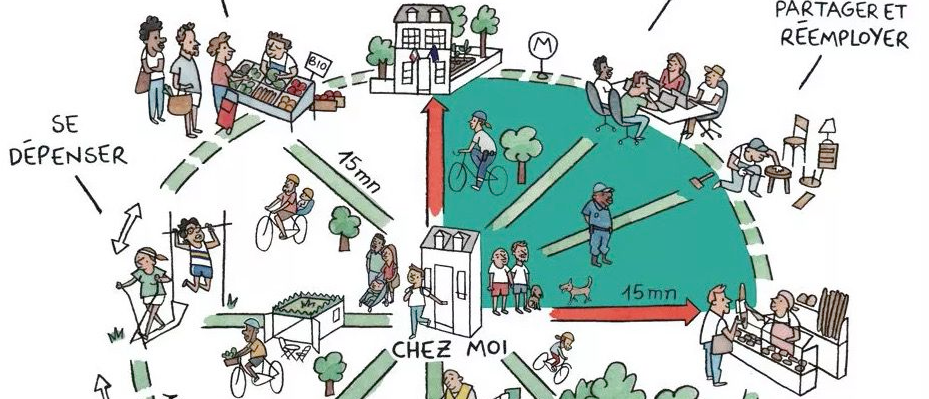
Grounding the latest trend in a long history of cold efficiency versus polycentrism.
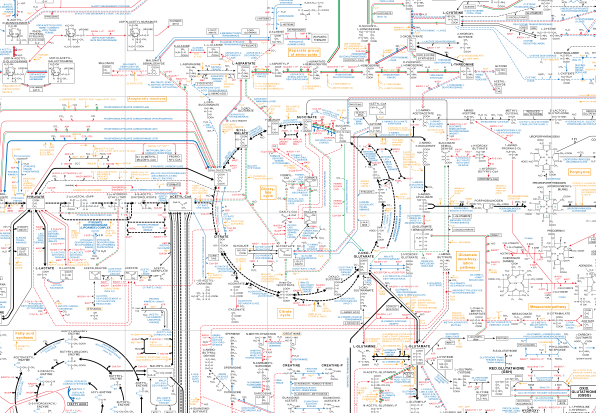
DNA is not a blueprint - how can we leverage that fact to build better cities + an amazing book on the history of Rome and three articles on evolution, Wuhan, and bitcoin.
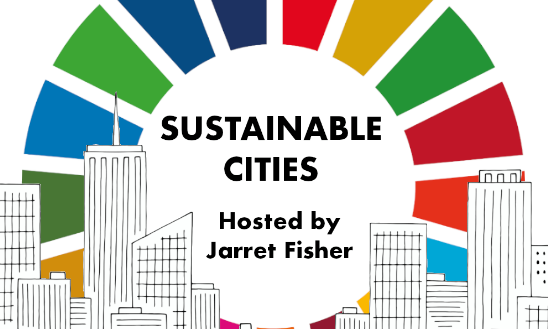
I had a fantastic conversation with Jarret Fisher on her awesome podcast regarding cities and the sustainable development goals: tune in to hear about Tirana, urban planning and complex systems. If you like what you hear, Jarret's got more fantastic stories from Accra, Bristol, Quito, New York, Barcelona, Melbourne, Lagos! Click read more for links and a full transcript of our conversation.

It is such a simple and straightforward idea: design your public space with safety and comfort for infants, toddlers, and caregivers. Do this, and you will have designed human-centric urban fabric that is safe and fun for all ages. Yet, despite being such an undemanding proposition, it is only recently becoming — slowly but steadily — part of the design discourse.

The Pyramid of Tirana is a landmark building in the main boulevard of the capital of Albania, built in 1988 by a number of renowned Albanian architects led by Klement Kolaneci. The structure was constructed with the preset aim of serving as a museum for the legacy of communist dictator Enver Hoxha. It fulfilled this purpose for three years up to 1991; since then it has gone through an array of functions becoming - always ephemerally.
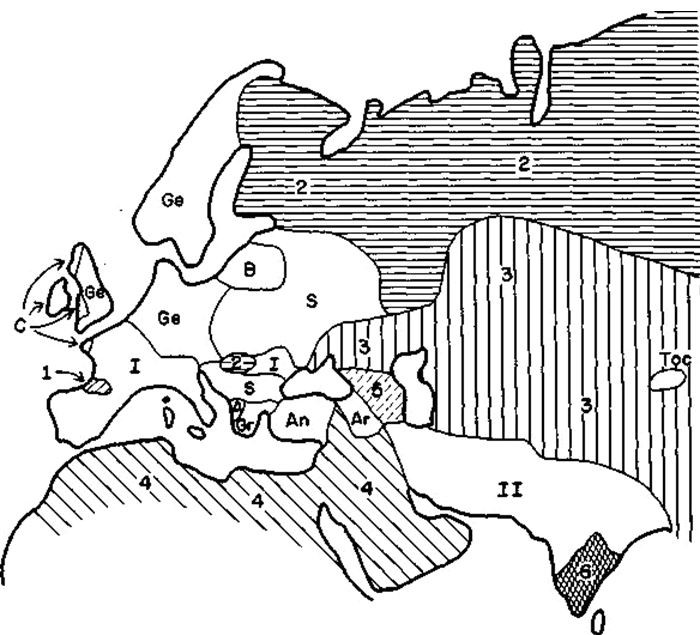
Më shumë se 4000 vjet përpara përhapjes së Europianëve në të gjithë kontinentet e tjera, kishte një shtrirje të mëhershme brënda për brënda Europës dhe Azisë perëndimore e cila i dha jetë shumicës së gjuhëve që fliten sot në këtë hapësirë. Edhe pse këto pushtues të mëhershëm ishin analfabetë, shume element të gjuhës dhe kulturës së tyre mund të rindërtohen nga rrënjët e fjalëve të ruajtura nga gjuhet modern Indo-Europiane. Pushtimi i shumicës së Euroazisë nga to, si dhe ekspansioni i mëvonshëm përtej oqeaneve i pasardhësve të tyre, duket të ketë qënë një aksident i bio-gjeografisë.
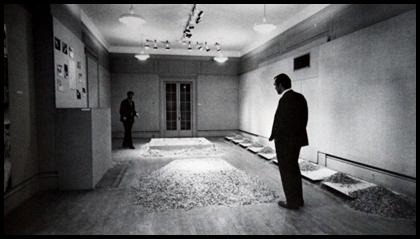
The multitude of philosophy, literature, art and architectural theories and concepts produced to oppose strict modernist formalism, were seminal in allowing a modern re-interpretation of the sublime in the early seventies.

Giuseppe Terragni is a world renowned Italian architect who practiced mostly in the city of Como from the 1920s to the 1940s. The combination of the period and the place where Terragni worked is unique for two principal reasons: modernism and Fascism.